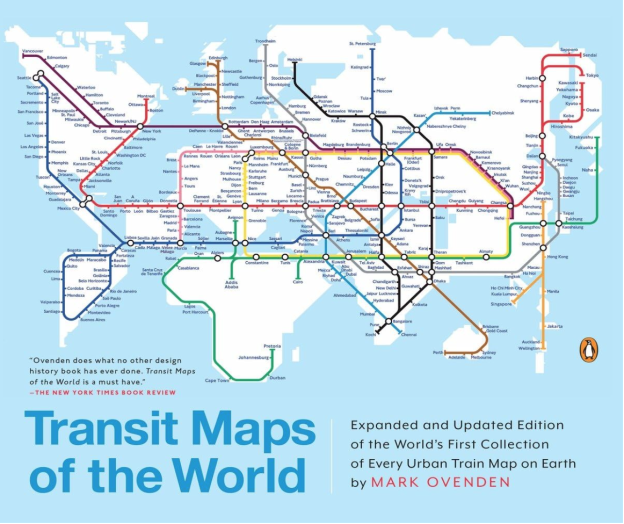On my travels to global cities around the world, would you believe it, l often look out for their transit authorities efforts to decarbonise transport in their cities. Below you will find how l rank them in their efforts and achievements;
1) Shenzhen Bus Group (Shenzhen, China) — Score: 9.5 / 10
Its the first city to fully electrify its entire bus fleet, thats 16,000 bus fleet, all completed by end-2017 — with large charging infrastructure rollout and clear operational lessons in scale. This is a textbook case of rapid fleet electrification at scale.
2) Stockholm SL (Stockholm, Sweden / SL region) — Score: 9.0 / 10
Public transport running on 100% renewable electricity since 2017 covering all its trains & trams, has strong city net-zero planning and pilots (electric ferries, zero-emission zones) as well. Excellent combination of electrified modes + renewable supply.
3) RATP / Île-de-France (Paris region, France) — Score: 8.8 / 10
Has very ambitious bus programme (Bus2025) delivering thousands of “clean” buses — a sizeable share electric + bio-methane — plus depot modernisations to host EVs and renewable fuels at scale. Strong near-term reductions and local air-quality wins.
4) MTR (Hong Kong) — Score: 8.5 / 10
With SBTi-level corporate credibility validating its targets for parts of its business, strong energy efficiency and renewable sourcing in property + rail (rail is inherently electric) Thus it has a good whole-system corporate approach.
5) TfL (London) — Score: 8.2 / 10
With SBTi validation (Apr 2025) + aggressive bus electrification of between 1,900 to 2,000 zero emissions buses as of 2024–25. Plus an active PPAs with solar deals and a 2030 renewable electricity target. Big consumer scale creates challenges, but ambition and verified targets put TfL among leaders.
6) LTA / Singapore (national procurement & operators) — Score: 8.0 / 10
It has centralised planning and targets of 50% e-buses by 2030 and 100% cleaner energy buses by 2040, major procurement waves, depot power planning and national coordination — a model for aligning grid and vehicles.
7) Seoul Metropolitan (Seoul, South Korea) — Score: 7.8 / 10
Has a rapid adoption of hydrogen & electric buses with big national subsidies and plans (large tenders for hydrogen buses), strong municipal leadership and financing support. Rapid rollouts but technology mix varies.
8) BVG (Berlin, Germany) — Score: 7.4 / 10
Its subways & trams running on green electricity since mid-2010s and active bus electrification plans (substantial e-bus purchases + new e-depots planned). Solid European model with a strong grid/renewables focus.
9) Tokyo Metro / Japan operators — Score: 7.0 / 10
Its rail systems are already electric (low direct CO₂ per pax), Tokyo operators emphasise energy efficiency and renewable procurement; grid and policy context make further cuts possible though national timelines are longer.
10) MTA (New York, USA) — Score: 6.6 / 10
It has huge system-scale opportunities (many electric rail fleets) but bus electrification and depot/grid upgrades are slower due to funding & logistical scale; robust plans exist but delivery lags behind top performers.
My quick, evidence-backed takeaways are as follows;
-
Mass electrification leaders are mostly in Asia and Northern Europe. Shenzhen’s full bus electrification (2017) remains the single most advanced practical deployment case.
-
Renewable electricity sourcing + verified targets matter. Stockholm’s 100% renewable electricity for public transport (and TfL’s SBTi validation) are powerful accelerants because electrified services only deliver low-carbon outcomes if the electricity is clean.
-
Central coordination speeds delivery. Singapore’s model (LTA) — national tenders, depot power planning and integrated procurement — reduces the “buses arrive before chargers” problem many fragmented procurement models face. a.gov.sg
-
Hybrid pathways can be pragmatic. Paris used electric + renewable gas (bio-methane) to deliver rapid local emissions and air-quality benefits before 100% battery rollouts were practical. That reduced near-term emissions while building EV infrastructure.
If you want to find out move of how l scored these transit authorities and my sources which do get in touch. We will have much to discuss, no doubt.
